DRIVEN: Perodua Ativa D55L SUV, first impressions
Peroduas aren’t known for refinement. They may have improved beyond recognition in many areas, but refinement; well, it has been a weak point. But considering the fact that the folks from Rawang are selling the cheapest and best value cars in Malaysia, it’s forgivable.
Coming from a Myvi – which before this was the carmaker’s flagship product – the biggest takeaway from a short ride and drive session in the Perodua D55L today (Perodua would like to keep the name unveiling for the launch, but since everyone is calling it the Ativa, I’ll follow) is its refinement. There are two parts to this.
Rolling noise and general refinement is good in the Ativa, significantly better than in the third-generation Myvi, which was already better than any P2 product when it came out in 2017. The wheel well roar, so bold in the Myvi, is not here, and wind noise at highway speeds (and beyond, we were in P2’s private test track with strict SOPs in place) doesn’t stand out.
I had to check the tyres once my session ended, and it’s the Bridgestone Turanza T005A (sorry, no pictures were allowed at the session). That’s a very premium touring tyre for a RM70k car, and we’ve praised this model before when it was launched in 2018 – not just for its typical touring qualities, but for its surprising performance too. To see the T005 here is a big surprise. The 16-inch wheels on the base X variant gets Goodyear Assurance tyres.
But good tyres can’t mask bad NVH, and the Ativa is not a noisy fella. Perhaps more significant is the D55L’s powertrain refinement. Now, knowing that P2’s first turbo engine is essentially a boosted version of the Axia and Bezza’s 1.0L KR engine, expectations aren’t high to say the least. If you’ve driven those cars, you’ll know that there are significant amounts of vibrations, which are rather noticeable at idle. This has been tamed in the Ativa.
For a three-cylinder engine in a non-sporting application, you’ll want it to feel as “normal” as possible, and I feel that not many buyers, if any, would know that the Ativa’s engine “lacks one cylinder” from the default four. It does feel and sound regular. Many will have an opinion on this, so try it out and judge for yourself.
Also feeling normal is the CVT gearbox, which is another debuting component for Perodua. Much like modern CVTs from Toyota and Honda, it feels very natural in normal driving, with speed rising with revs in linear fashion. The D55L gets up to highway speeds without too much of a fuss; however, as usual for CVTs, the more measured your right foot is, the more invisible it becomes.
There’s also a seven-speed manual mode (via the sequential gear lever, push right for S/M) for times when you need more control, as well as a “Power” button on the steering wheel’s right spoke. This is supposed to give you more oomph and higher revs, but I did not feel heaven and earth. Perhaps more time is needed. Longer seat time in the real world is also required to confirm the Ativa’s good NVH performance.
Another big question is power. Enough is what I would say. Perodua’s internal test track has a sweeping hill section mimicking a section of the North South Highway, and the Ativa – with two onboard – tackled it well enough. The turbo engine’s strong mid range means that the Ativa feels less strained than the Myvi 1.5L when pushed to the same speeds, but we did not have the luxury of a back-to-back comparison.
Perodua has yet to release official figures, but the JDM Rocky’s 1.0L 1KR-VET turbo triple makes 98 PS of power and 140 Nm of torque from 2,400 to 4,000 rpm. The twist, and where it’s made, makes the difference.
I have to admit that with just a short loop, I can’t share much about the SUV’s dynamics other than the fact that it doesn’t feel tall and clumsy (200 mm ground clearance, higher than Rocky) – and the drive experience is not very different from a regular hatchback.
Compared to Perodua’s own best-selling hatchback however, there’s a greater feeling of stability and heft in the way the Ativa moves, including a better damped ride. We understand that the Ativa has a Malaysia-specific suspension setting, which is firmer than its comfort-focused JDM twin. Like spicy food, we like our cars on the sporty side, if you haven’t already realised.
Any shortcomings? For what it is – a RM70k SUV – I can’t think of much really. A couple of years ago, we praised the Myvi for raising the level for Perodua (and budget cars in general), and the Ativa has now done the same. However, the leap this time is not just bigger, but more impressively, it can now be felt in the drive, and not just on the spec sheet. With the Ativa, there’s no longer a gulf between P2 and Toyota/Honda in powertrain and refinement.
Driving aside, P2’s SUV has an interior (it’s similar to the Rocky’s, but the air con control panel is unique to P2, and there’s AC memory) that probably won’t wow many like how the Proton X50 does, but it’s still relatively funky and modern.
For those who desire a taste of premium, the X50 does much better in this regard, both in design and materials. For the latter, it’s all hard plastics in the P2, but with some texture thrown in to liven things up. The gear lever surround has an interesting diamond-like 3D pattern, and top spec cars get red accents.
I managed to check out the base spec X as well, and finally, there’s some not so good news to share. Unlike the entry-level Myvi, the base Ativa does look very base indeed – its dashboard is a daily reminder that you couldn’t afford the higher variants.
The lack of a touchscreen infotainment system is the most obvious because of the floating screen design (slim, unlike Toyota’s CRT TV-style housing), but that’s understandable – even style-conscious Mazda does this on lower variants. Similarly, the lack of a digital instrument panel and its four display themes is to be expected; that’s OK as the twin analogue dials are sunken and actually rather decent looking.
What’s more jarring are the empty steering spokes. Unlike in the Myvi, they are very obviously designed for buttons, but only the Power button is left there, alone. With almost no brightwork and accents (the above-mentioned ‘3D diamond’ gear lever surround survived, thankfully) – it looks very dour.
Which is not what the Ativa is about, even the base X. The single-tone 16-inch wheels are OK to look at, and the spec list is very good. One gets LED headlamps, six airbags, the improved ASA 3.0 (which includes AEB), Auto High Beam, and even Lane Departure Warning and Prevention on the entry-level RM62,500 (est) variant. The base Ativa X – at nearly RM20k cheaper than the base X50 Standard – soundly beats the Proton in kit and safety. It just could have been presented better.
Now that we’ve touched on safety kit, it’s the Ativa’s trump card. On top of ASA 3.0 and LDW/P, the mid-spec H adds on Adaptive Driving Beam. An upgrade on AHB (which is already a P2 first), ADB is a smart auto high beam that “cuts out” oncoming vehicles from the glare when high beam is on, instead of dipping the high beam completely. A visible and desirable bonus of ADB is sequential turn signals.
The range-topping AV adds on Blind Spot Monitor (BSM), Rear Cross Traffic Alert (RCTA), Lane Keep Control (LKC) and Adaptive Cruise Control (ACC, follows vehicles ahead from 30 to 125 km/h). It’s amazing to think that adaptive high beam and ACC were added to the Lexus NX in 2019, and they’re now on a car that’s much lower in Toyota’s SUV hierarchy.
So there you go, our first impressions of the Perodua D55L SUV, also known by many as the Ativa. So much more than a “Myvi SUV”, this is a completely new level for P2 in terms of safety, equipment and surprisingly – driving performance. If before, going for a Myvi over a Japanese B-segment car means you had to sacrifice some refinement and powertrain sophistication, it no longer seems to be the case with the Ativa. We’ll need a longer drive, but Perodua’s latest model makes a good first impression.
PS: There’s more about the Ativa to be shared, including pics, but only driving impressions are allowed at this point – full specs and details will have to wait until the March 3 launch. Stay tuned.
Our coverage of the 2021 Perodua Ativa D55L SUV
- OFFICIAL: 2021 Perodua D55L SUV open for booking
- Perodua D55L SUV vs Proton X50 and Perodua Aruz
- FIRST LOOK: 2021 Perodua D55L SUV
- 2021 Perodua Ativa SUV leaflet and price list leaked – name confirmed
- VIDEO: Perodua Ativa D55L SUV versus Proton X50
- Perodua Ativa D55L – cheaper in Malaysia compared to the Daihatsu Rocky
- Perodua Ativa SUV: 1KR-VET 1.0L three-cylinder turbo deep dive
- Perodua Ativa D55L SUV – DNGA platform explained
- Perodua Ativa – how its D-CVT is different to other CVTs
- Perodua Ativa D55L SUV – virtual launch on March 3!
GALLERY: Daihatsu Rocky in Japan 
















































GALLERY: Toyota Raize in Japan 




























The post DRIVEN: Perodua Ativa D55L SUV, first impressions appeared first on Paul Tan's Automotive News.
from Paul Tan's Automotive News
Read The Rest:paultan...

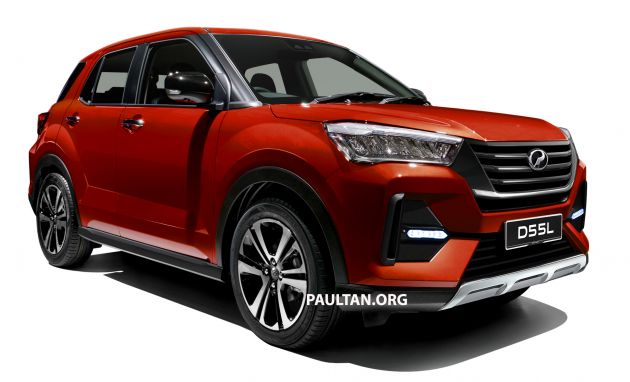
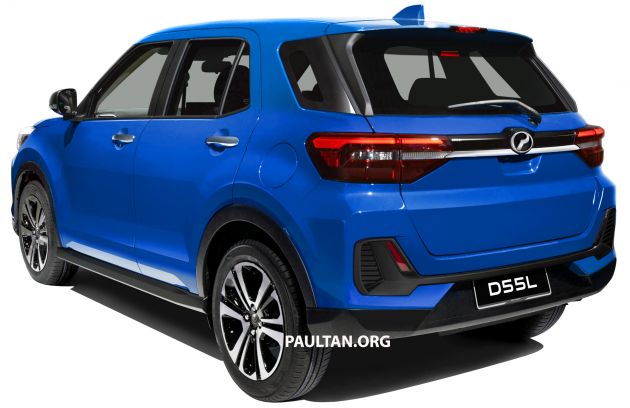
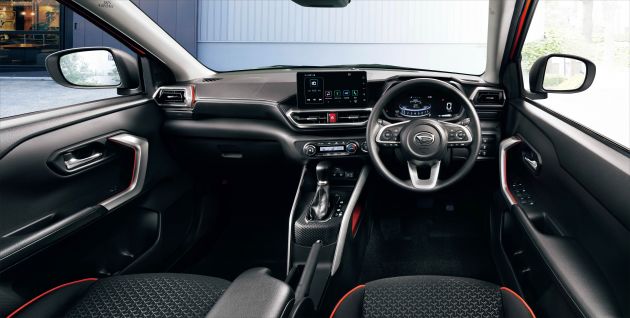



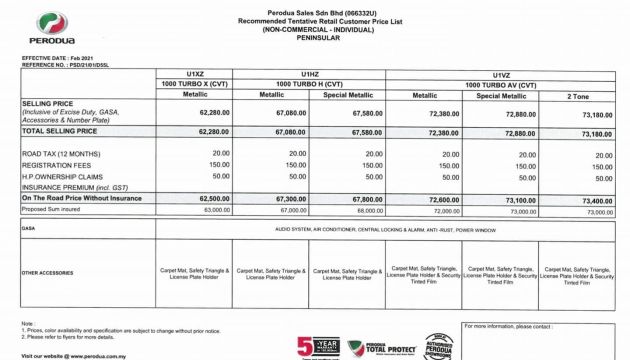




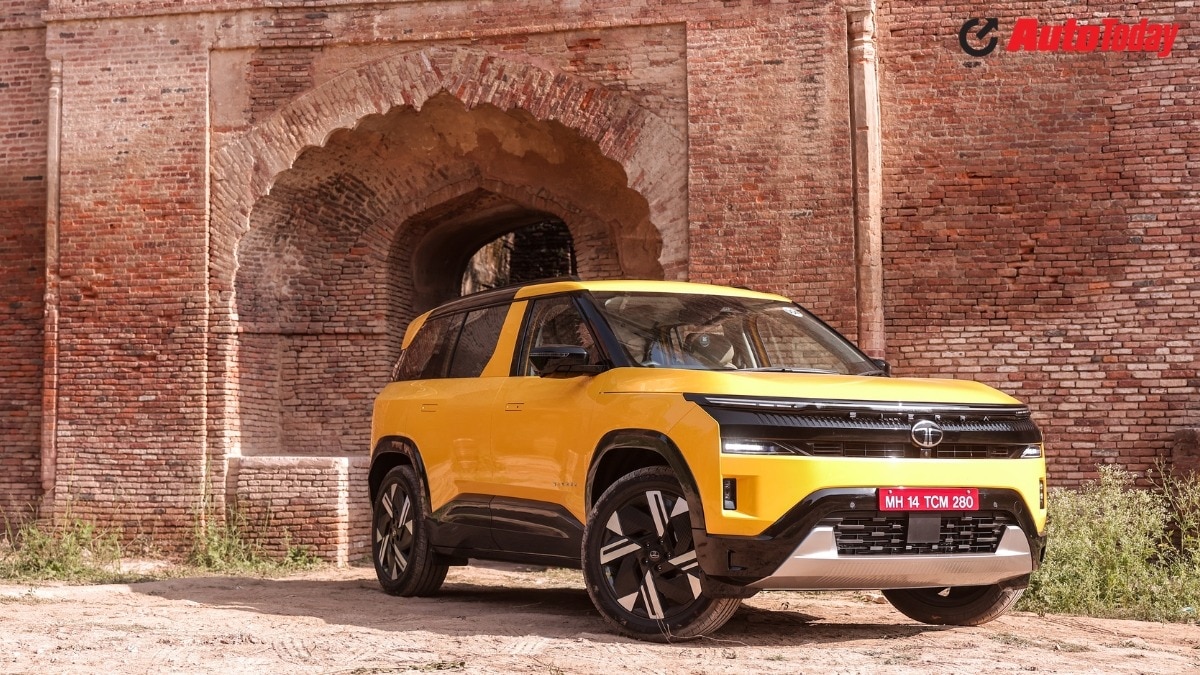
Post a Comment